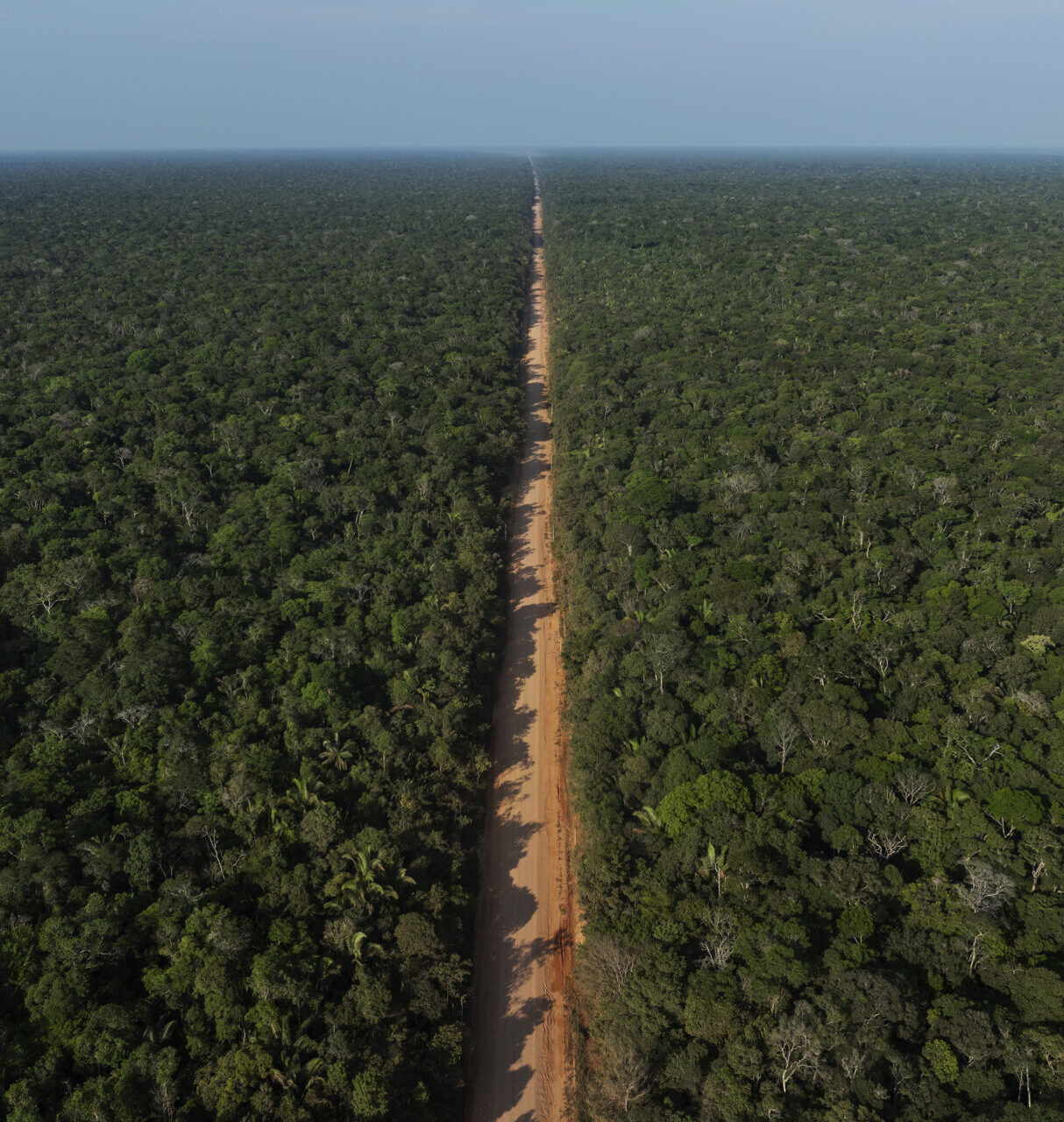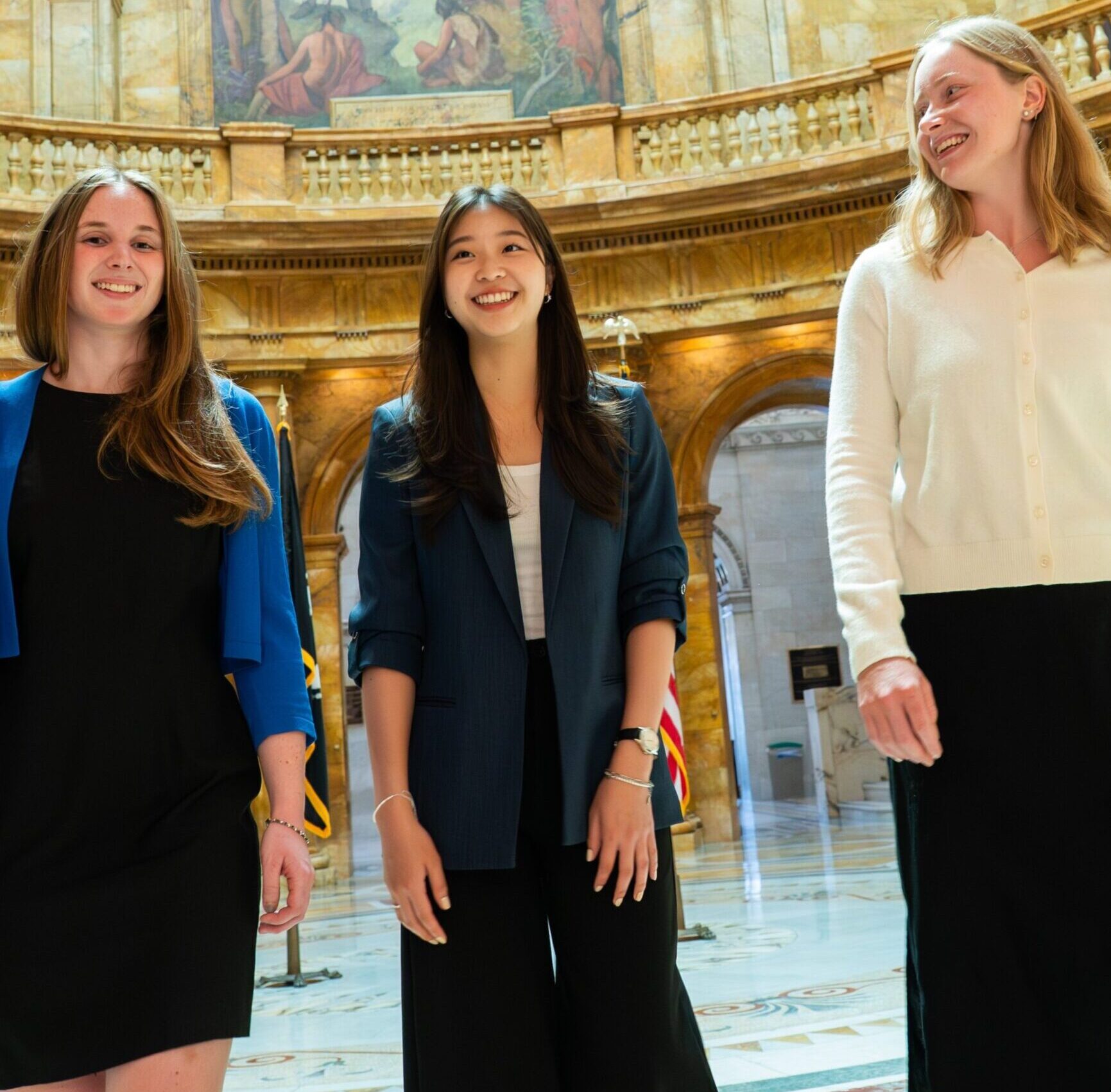Lessons from human genetic modification
Before studying the governance of geoengineering, I worked on the governance of human genetic and reproductive technologies. I was thus quite interested, but not too surprised, when reports emerged late Sunday that the first genetically modified babies have been born. It appears that He Jiankui of the Southern University of Science and Technology in Shenzhen, China edited the nuclear genomes of a pair of twins using CRISPR/Cas9 technologies. He activated a gene for resistance against HIV infection, a characteristic that some people naturally have. The work has been neither independently confirmed nor published in an academic journal, but he presented at the International Summit on Human Genome Editing in Hong Kong today. Many informed observers, including both scientists and ethicists, have condemned it as risky and premature; very few are hailing it as progress.
Although inheritable human genetic modification and solar geoengineering are distinct sets of technologies, they share some relevant characteristics. In both, a small number of scientists and others could, at least in principle, use emerging technologies to alter natural systems in ways that would have profound implications for many people. There are consequentialist arguments (“Would it help, or harm?”) as well as deontological ones (“Would it be right, or wrong?”). Indeed, some observers make the case that they would affect things that we all share in common: the human genome and the global climate. In both sets of technologies, the politics — to the extent that they exist — do not fall cleanly along a traditional left-right spectrum, and because important political constituencies remain uncommitted, sudden political “pivots” are feasible: conservatives might embrace solar geoengineering as a means to avoid controls of fossil fuels, and liberals might back human genetic modification as an extension of reproductive choice, as they have done with in vitro fertilization (IVF), surrogacy, and gamete donation. Finally, although the technologies’ supporters are often portrayed in the media as enthusiastic technophiles, most of them describe their research not gleefully but instead as an unfortunately necessary response to the risks of diseases and climate change.
These similarities naturally have their limits. First, some backers of human genetic modification are gleeful about it and do call for the use of genetic enhancement as soon as possible (1, 2, 3), whereas such attitudes are absent from the solar geoengineering discourse. Second, while many human genetic modification researchers have substantial financial interests in the field’s development, solar geoengineering largely lacks a business model (see section II.B). And third, therapeutic human genetic modification seeks to change the status quo (of human disease), but solar geoengineering is being researched to stabilize the climate in response to its changing.
In terms of governance, the differences are more salient than the commonalities. Importantly, human genetic modification could be covert. No one needs to be aware of it besides the scientists themselves. Even the parents could remain ignorant of anything beyond receiving IVF. In fact, a boundary-pushing scientist might believe that it is in his or her best interest to wait until the modified child is healthy and expresses the edited gene. Some national governments have declared their opposition and prohibit it, and various authoritative nonstate bodies have announced outright moratoria (1, 2 [PDF], 3, 4, 5). However, any effort toward a global agreement would be challenging, as the views of countries and their citizens are diverse (see e.g. the tepid Article 24). Moreover, enforcing restrictive regulation is difficult, requiring intrusive surveillance of numerous, widely scattered assisted reproductive clinics as well as women’s wombs. States will not put much effort into domestic enforcement or international cooperation, as no core national interests are at stake. (For example, China withdrew from this week’s summit, and previously declared that it could not control every assisted reproductive clinic.) And with neither state action nor sufficient buy-in from all scientists in the field, announced moratoria will not effectively constrain those who do not consent to them.
In contrast, because climate is essential to national interests such as agriculture and vulnerability to extreme weather events, states — independent of their support or opposition — will agree that solar geoengineering is their prerogative, not that of private actors. Not only will they therefore wish to regulate it, at least domestically, doing so will be relatively easy. This is because solar geoengineering deployment could likely be neither covert nor, as far it is presently understood, highly decentralized. It requires large-scale, highly visible activities, such as numerous daily stratospheric flights. And securing enough materials and expertise to modify the climate might cause other participants in the respective markets to notice changes in prices and flows, as well as tip off those who monitor such developments. Furthermore, meaningful climatic impacts would be internationally detectable. The fact that states could and will likely govern efforts to modify the global climate is, in this sense, encouraging.
If the differences are more relevant, can we learn anything about the governance of solar geoengineering from human genetic modification? For one thing, human genetic modification highlights the importance of precaution when proposing large changes from the status quo. In contrast, precaution offers little guidance for governing solar geoengineering, which presents a risk-risk tradeoff in preserving climatic conditions that are favorable to human flourishing ([PDF]). More importantly, crafting an effective and responsible moratorium on solar geoengineering activities beyond a certain scale would be challenging (although monitoring for violations thereof would not be difficult). If one or more groups of authoritative decision-makers were to declare moratoria at a certain time, they might not necessarily be seen as legitimate at a later time, perhaps decades later when severe climate impacts have manifested. It is unclear who would be in a position at that later time to determine whether the moratoria’s criteria for lifting had been met, as well as who could resolve any disagreements as to whether they had. This is not to assert that a moratorium on solar geoengineering deployment would be unwise, only that, if pursued, one should be constructed carefully.
Jesse Reynolds is an Emmett / Frankel Fellow in Environmental Law and Policy at the Emmett Institute on Climate Change and the Environment of the University of California, Los Angeles School of Law. He is also a research affiliate at Harvard’s Solar Geoengineering Research Program. See his website and Twitter feed.










